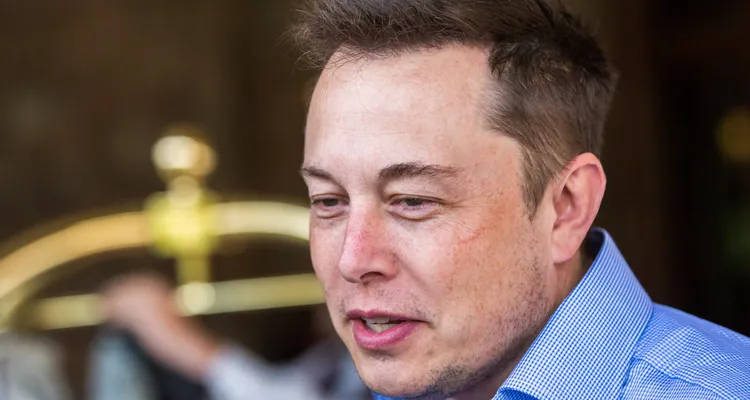Photo Credit: Thomas Hawk / CC by 2.0
Twitter announces it will be winding down its legacy verification program and removing legacy verified checkmarks on April 1 in favor of its paywalled Twitter Blue.
Twitter announced the end of its legacy verification program on April 1, when the company will remove legacy blue checkmarks — those that celebrities, journalists, and companies have used to verify their identities on the social media platform as early as 2009. Once this change is implemented, only Twitter Blue accounts will be eligible to appear in For You recommendations.
“(This) is the only realistic way to address advanced AI bot swarms taking over,” tweeted CEO Elon Musk. “It is otherwise a hopeless losing battle. Voting in polls will require verification for the same reason.”
Afterward, the only individual Twitter accounts that will still have a verified blue checkmark are those paying for Twitter Blue, which costs $8 a month via the web and $11 a month through in-app payments on mobile. The new Twitter Blue service was initially launched in the US but is now available worldwide.
In November, Musk said that Twitter’s old verification system was “corrupt” and opened up blue checkmarks to anyone willing to pay. This move enabled Musk to generate much-needed revenue for the company.
“Without significant subscription revenue, there is a good chance Twitter will not survive the upcoming economic downturn,” Musk wrote in his first companywide memo to Twitter staff late last year, stating that the company would need to generate roughly half its revenue from subscription services.
“Far too many corrupt legacy Blue ‘verification’ checkmarks exist, so no choice but to remove legacy Blue in coming months,” he tweeted in November.
Though celebrities have complained in droves about the potential for impersonation if a user is willing to pay a fee for verification, Musk responded that there should not be a different standard for celebrities or “notable” individuals.
“The reason verification exists on this platform was not simply to designate people as notable or authorities, but to prevent impersonation,” said Alex Howard, director of the Digital Democracy Project, who posits that impersonators could more easily spread misinformation that could move entire markets or harm democracies worldwide.
For companies, Twitter recently introduced a gold checkmark, a subscription-based model called Twitter Verified Organizations, while giving government accounts a grey checkmark to differentiate them from other organizations. Verified Organization status will cost $1,000 a month and $50 a month for each additional affiliate account.
Like Twitter Blue, subscribers receive benefits, including the ability to edit tweets within a 30-minute window, longer tweets of up to 4,000 characters, and “prioritized rankings” in conversations.

